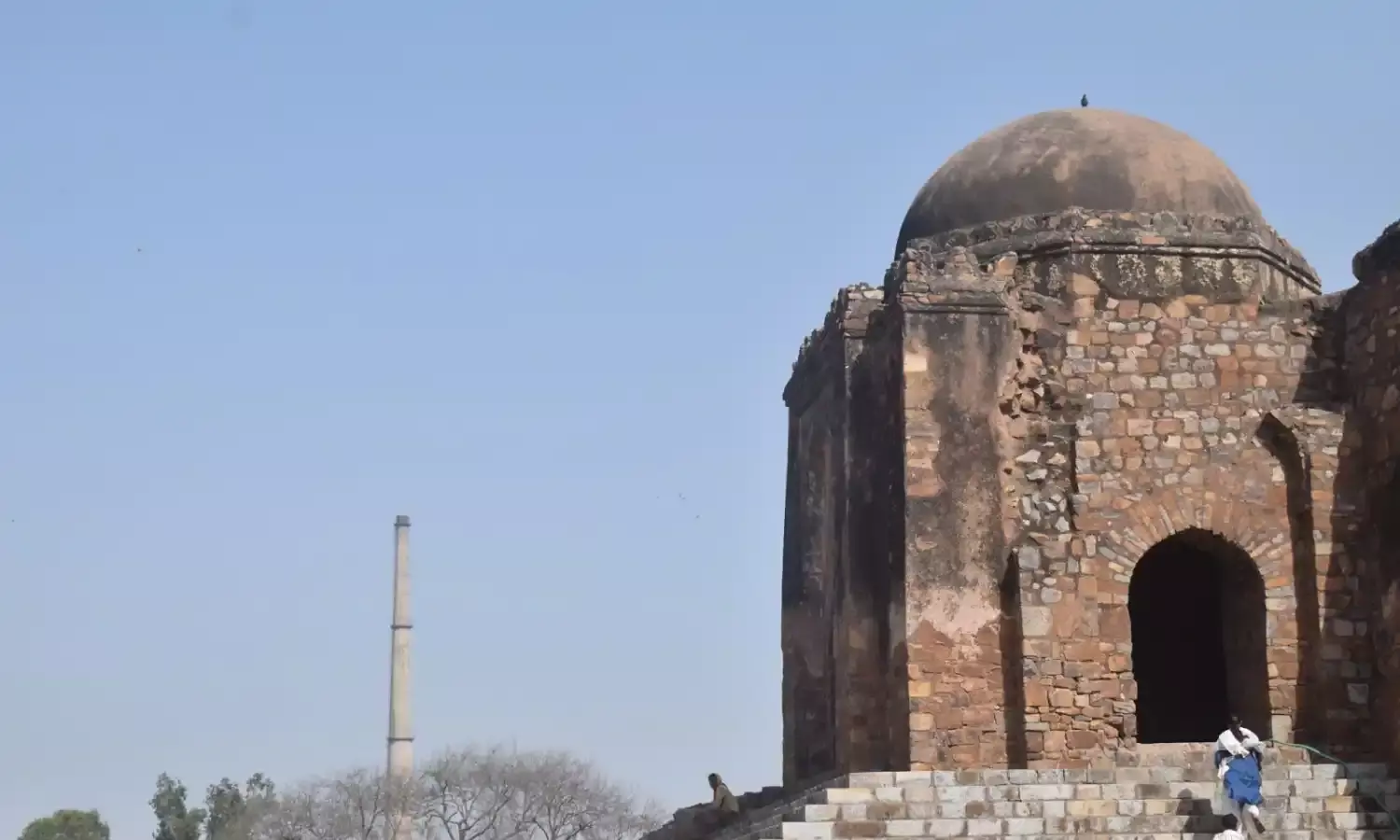The Legend Feroz Shah Kotla Fort
The 14th century fort is Delhi's 'living' historical monument that is alive with stories

Firoz Shah, a great Tughlaq King from the 14th Century, was keen on grand buildings. Thus, he built a new palace named Firoz Shah Kotla along with three existing palaces. The palace was built by the bank of river Yamuna, and was named Firozashahbad. The palace served as a place of recreation with lush green leaves, a baoli or well, and large halls.
Due to the history plagued by bigotry that we read today, it is unimaginable but also the truth that the complex served as the symbol of harmony. Next to Firoz Shah's Jama Masjid, stands tall the Asokan Pillar that he had found in one of his hunting spheres. The pillar was originally erected in 250 BC, Ambala, engraved in the Buddhist Dhamma in Pali.
Despite being built in the 14th Century, Firoz Shah Kotla still survives as one of Delhi's historical monuments. And what makes it special are the stories the place has to tell. The stories of its people, the stories of djinns, and the stories of the coexistence of history in the present world.
An ancient Ashokan Pillar decorates the premise of this medieval fort.
Djinns a.k.a Jinns are believed to be both malevolent and benevolent, with supernatural powers. Devotees go to them hoping that djinns will fulfill their desires.
At Feroz Shah Kotla, it is common to find threads tied to railings, red and green bangles lying on the floor, and vermilion smeared on the walls that the candle smoke has turned black. The air is thick with the aroma of incense. The most 'popular' way for devotees to 'communicate' with djinns is to write letters to them. These letters are then stuck on the walls in the hope that djinns will grant the wishes written.
One can choose to dismiss this belief system of the devotees, believe it, or engage in it, but the truth remains that the fort has a reputation for 'sheltering djinns'.
A little girl sticks a coin on the wall as her parents watch over her. The practice stems from the belief that djinns will fulfill their wishes in exchange for a coin.
Fort wall turns soot coloured after years of consistent worshiping by people
Sacred threads tied to the railings of the fort's gate
An empty pack of incense sticks used for worshiping lies amidst the dried leaves.
A pair of tasvi (rosaries) hanging from the wall.
It also emanates an energy that welcomes all, devotees of all faiths come to pray. The fort also satisfies the urges of history enthusiasts as a venue where ancient and medieval history merge.
A couple eloped from two states to enter a matrimonial tie in Firoz Shah Kotla fort.
We even met a couple who hailed from two states and came to get married at the Feroz Shah Kotla fort. The bride said she was from a Gujarati Hindu family and the groom was from a Muslim family based in Uttarakhand. They were accompanied by a common friend to witness their wedding.
When we talk about the 'people of Firoz Shah Kotla' today, they are neither royal nor native to the land. However, they have made this place their own. The rubble masonry, broken into pieces, while some of it is gone, is the result of what TGP Spear writes, of the people taking "all the stones…so that now only the palace and the mosque are left." What one could never imagine has happened; remains of the fort now lie between the bricks of someone's wall.
A broken fort wall turns into a window, giving a monument view.
This fort is not only a place of belief; for some, it is their home. Like that of Rani's (name changed to protect identity) family. They have migrated from Jhansi and now reside in Feroz Shah Kotla. In the day, the women of the family clean the complex, collect dry leaves, water the plants, making sure the lawns remain lush green. As the sun sets, the family stays inside the complex, ironically guarding the complex of djinns, who are considered to be the guardian spirits!
*Rani seen with a bag of dry leaves talking to her son, who had just returned from school.
A child runs by the shoes people take off outside the mosque on the fort's roof.
Names have been changed to protect identity.
Cover photo: The entryway to the mosque at Firoz Shah Kotla is juxtaposed with the towering modern-day chimney.


